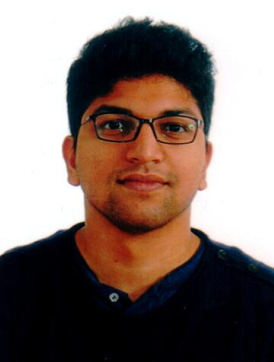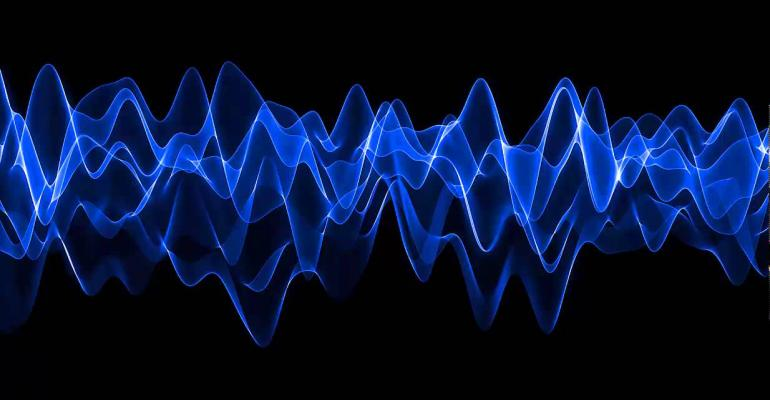Nuevo post en el blog del proyecto ROMSOC: Origin and need for coupled models in acoustics
Acoustics, the science of sound evolved, is one of the most interdisciplinary fields drawing inputs from various disciplines like music, architecture, engineering, biology and medicine. As such, while having no dearth of literature in the topic, it can be hard to find ground amidst all the perspectives out there. In this article, I focus on my perspectives on the origins of acoustics and its relevance in my project. As for the outcome, I hope to communicate the motivation of my project – to develop better acoustic models enabling more accurate measurements of sound.
The origin of sound is identified to be perturbations in pressure and this is physically caused by different processes – due to vibrating bodies, rapid change in fluid flow, pulsating thermal sources, shocks etc. The theory of sound began as study of vibrations in acoustic instruments and gradually integrated the principles from the theory of mechanics and waves in the 17-18th century. The 19th century made significant leaps in the development of acoustic theory, establishing the mathematics of acoustics – of particular mention, “Theory of Sound”, the classical two-volume treatise by Lord Rayleigh. The theory has since, branched and developed into various disciplines viz. architectural acoustics, aeroacoustics, thermoacoustics, psychoacoustics among others. The 20th century with the development of Modern Physics and improved engineering has improved our understanding andability to control the acoustics.

Ashwin Nayak, one of the ITMATI researchers and MSCA fellows in the ROMSOC project, is working in cooperation with Microflown on the development of coupled mathematical models to enable acoustical measurements in fluid-porous media interactions, with the goal to develop better acoustic models enabling more accurate measurements of sound.









